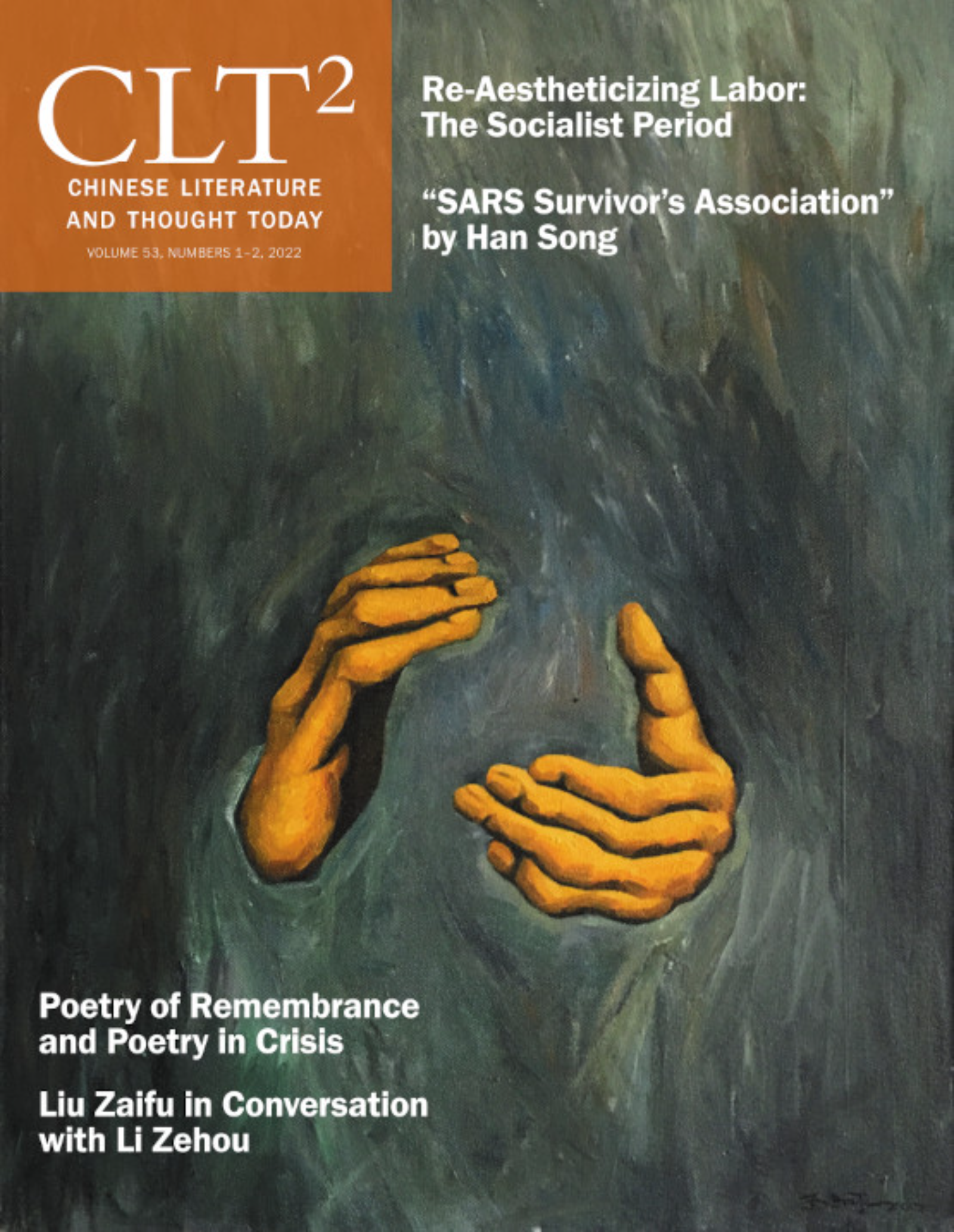“Poetry in Crisis: Its Writing and Circulation during the Pandemic in China” is an academic article by translation studies and contemporary Chinese literature scholar Chris Song that criticizes the Chinese government’s increasing constraints on poetry writing especially amid the COVID-19 pandemic.
Song writes in response to a statement by author Xiao Chang regarding the inclusion of the lines, “Mountains and Rivers Differ from Place to Place; Wind and Moon Are the Same all Over the World [山川異域, 風月同天],” taken from the ancient Chinese poem “Occasion of the Embroidered Robes,” on a Japanese aid package donated to a college in Hubei Province, which was published in Changjiang Daily, an official newspaper of Wuhan Municipal Party Committee. Xiao appropriates a quote from German philosopher Theodor Adorno and asserts, “after Auschwitz, to write poetry is cruel” (qtd. in Song), arguing that poetry was inopportune and barbaric during the early stages of the epidemic, and adding that writers were obligated to suffer the same hardship their writing represents. Song expresses deep concern about Xiao’s statement, particularly because it was endorsed by local authorities, which indicates a form of political constraint on poetry writing. He criticizes Xiao’s response for echoing the Communist Party of China (CPC)’s repressive ideology from the 1920s to the 1980s, where CPC leaders condemned the literary tradition of modernism and the “obscurity” of literature, with the goal of asserting a unitary meaning over language. To emphasize the government’s growing constraint over poetry, he lists another case where a frontline nurse from Wuhan, Long Qiaoling, published poetry about the suffering of healthcare workers, but also calling for the media to pay attention to the large number of unidentified deaths in Wuhan, a message that was unpopular with the authorities, resulting in the removal of her poem from the Internet. He defends the value of poetry and literary responses during times of crisis by outlining the historical background of the lines of poetry which has roots in Sino-Japanese religious diplomacy in the Tang Dynasty, around 700 AD, and cites concerns from literary critics about the lack of literary responses from Mainland China and Hong Kong as a sign of declining cultural consciousness of a people.
The article uses the examples of government-endorsed criticism against the use of poetry in the context of the COVID-19 epidemic and censorship of poetry that did not align with the government’s image to illustrate the political constraints on poetry, which the author argues have become as much of a crisis as the pandemic itself. It speaks to the underlying political power of creative responses to the pandemic and their limitations.

Image Captions:
Cover image of Chinese Literature and Thought Today, vol. 53, no. 1–2, Jan. 2022.Citation: Song, Chris. “Poetry in Crisis: Its Writing and Circulation during the Pandemic in China.” Chinese Literature and Thought Today, vol. 53, no. 1–2, Jan. 2022, pp. 100–06. EBSCOhost, https://doi-org.ezproxy.lib.torontomu.ca/10.1080/27683524.2022.2081042. NON-FICTION, SCHOLARLY ARTICLE | CHINA. ll
Source Type: Scholarship on COVID-19 Studies
Country: China
Date: 01-Jan-2022
Keywords: China, Chinese Poetry, Government Censorship, and Politics and Literature